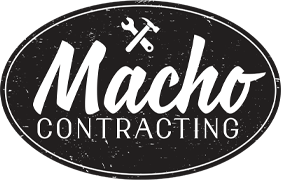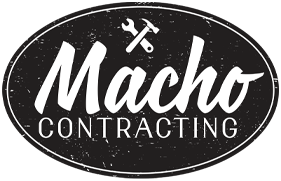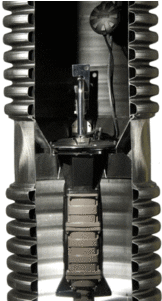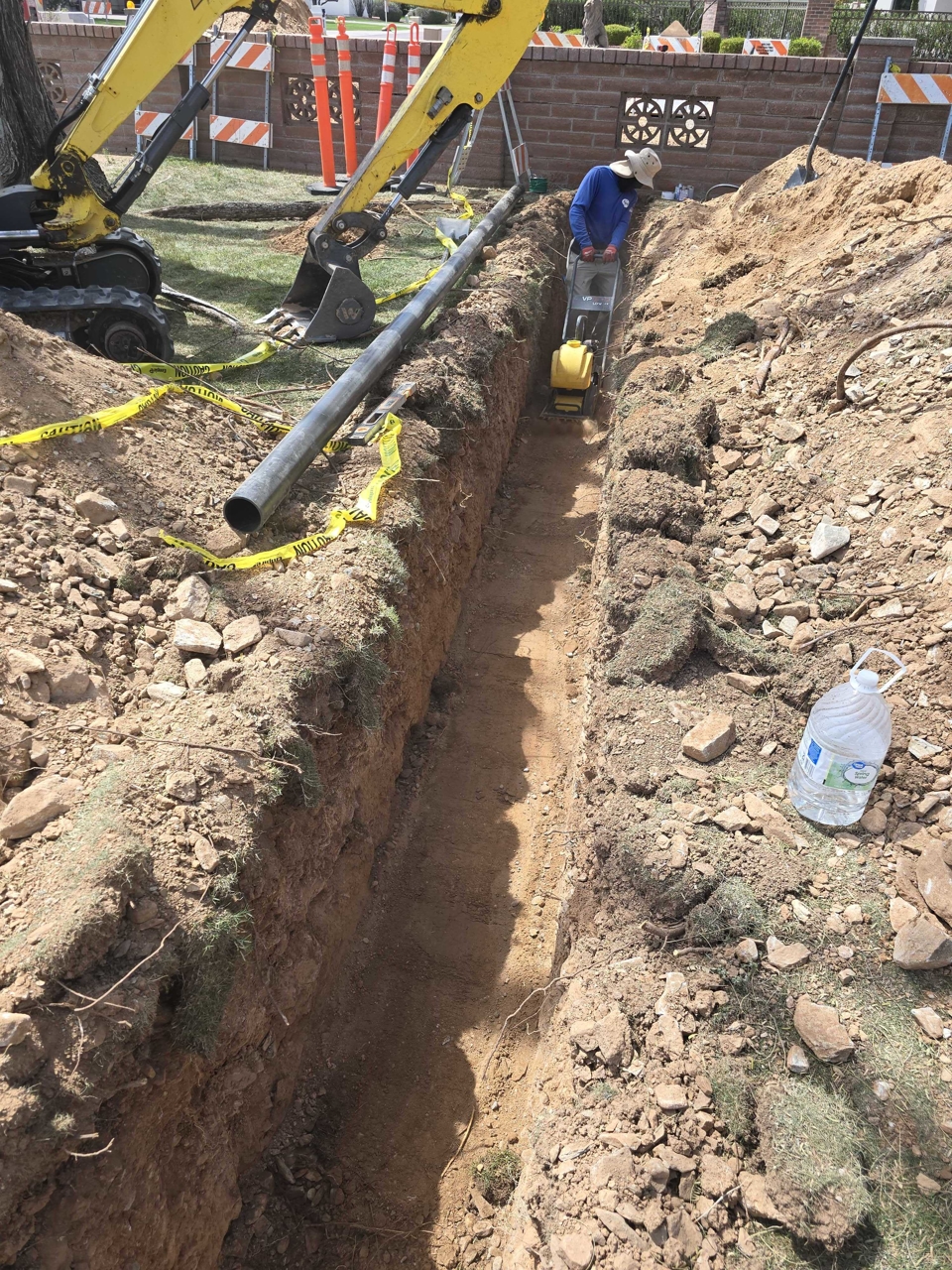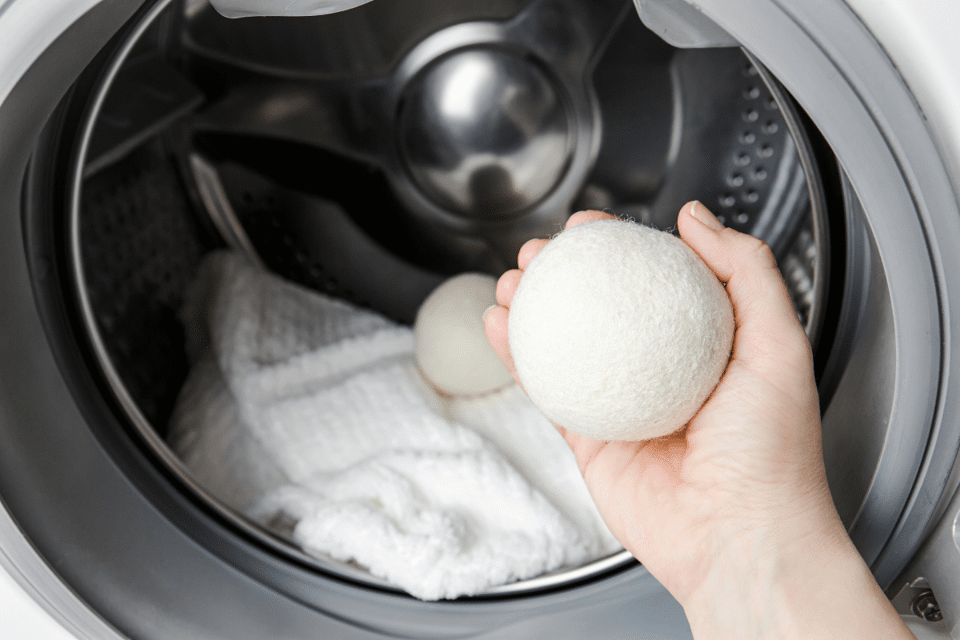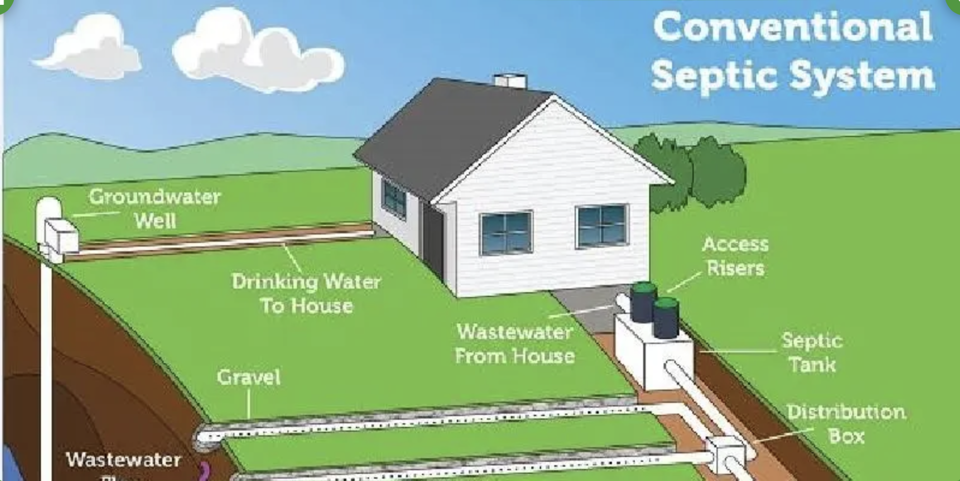When it comes to managing wastewater, both lift stations and pump stations play critical roles in ensuring the efficient movement of water and waste through a plumbing or sewage system. Though they may sound similar, these two systems have distinct functions, components, and purposes. Understanding the difference between a lift station and a pump station is important for both homeowners and businesses who rely on these systems for proper sewage management.
In this blog, we will explore the key differences between lift stations and pump stations, how they work, and the specific role each plays in your system.
What is a Lift Station?
A lift station, sometimes referred to as a sewage lift station or wastewater lift station, is a system designed to pump wastewater from lower to higher elevations, making it ideal for locations where gravity alone cannot effectively move sewage to a treatment facility or sewer main.
Lift stations are primarily used in areas with low-lying topography, such as in areas with a higher water table, or when the flow of wastewater needs to be redirected uphill. Essentially, lift stations “lift” the sewage from its current location to a higher elevation, allowing it to continue flowing toward its next destination via gravity.
Components of a Lift Station:
• Wet Well: This is the primary chamber where wastewater collects before being pumped out.
• Pump(s): The lift station typically uses submersible or centrifugal pumps to move the wastewater. These pumps are activated when the water level in the wet well rises to a certain point.
• Control Panel: This system monitors the performance of the pump and provides alarms or alerts if the system fails or requires maintenance.
• Discharge Pipe: Once pumped, the wastewater travels through a discharge pipe that connects the lift station to the next part of the system, such as a sewer line or treatment facility.
What is a Pump Station?
While a lift station specifically helps move wastewater uphill, a pump station is a broader term that can be used for any system designed to pump water or sewage from one location to another. Pump stations are used not only for wastewater but also for stormwater, rainwater, and even fresh water in various applications.
In the context of wastewater systems, a pump station can be used to either push sewage through the system or boost the flow if gravity alone isn’t sufficient to move the sewage through long distances or over uneven terrain.
Components of a Pump Station:
• Pump(s): Similar to a lift station, pump stations rely on powerful pumps to move water. These pumps can be centrifugal or positive displacement pumps, depending on the specific needs of the system.
• Control System: A pump station has sensors and controllers to monitor water levels and pump performance, ensuring that the system works smoothly and efficiently.
• Wet Well or Holding Tank: Like lift stations, pump stations often have a wet well or holding tank where wastewater accumulates before being pumped away.
• Valves and Discharge Lines: Once the wastewater is pumped, it is directed through pipes and valves to either continue along the system or be transported to another facility.
Key Differences Between Lift Stations and Pump Stations:
1. Purpose:
• Lift Station: Primarily designed to move wastewater uphill or to overcome gravity limitations.
• Pump Station: More general-purpose, used to pump water, sewage, or other fluids over varying distances and terrains.
2. Location:
• Lift Station: Typically located in areas where gravity cannot efficiently move sewage, such as low-lying regions.
• Pump Station: Found in various parts of a water or sewage system, whether for lifting or for boosting the flow.
3. Function:
• Lift Station: Focuses on pumping sewage to a higher elevation to continue flowing via gravity.
• Pump Station: Can serve multiple functions, including moving water from one location to another, lifting water to higher elevations, or boosting flow rates.
4. Water Types:
• Lift Station: Primarily used for wastewater and sewage.
• Pump Station: Can handle wastewater, stormwater, or even clean water, depending on its intended use.
Why Do You Need Both?
While both lift stations and pump stations are essential in wastewater systems, they serve different functions that complement each other. In many cases, a wastewater treatment facility or large municipal sewage system may require both lift stations and pump stations to ensure that sewage is moved efficiently and effectively.
For example, a lift station might be used to move wastewater uphill from a neighborhood, while a pump station could be used to push that wastewater through a long stretch of pipeline to a treatment plant.
When to Service Lift Stations and Pump Stations:
Both systems require regular maintenance to keep them working efficiently. Here are some common issues to look for:
• Lift Stations: Pumps may become clogged with debris or fail due to power issues. Regular inspection of the wet well, pumps, and control panel is recommended to prevent failure.
• Pump Stations: Similarly, pumps can wear out or fail, especially if they’re used to pump water with higher solids content. Ensuring the system is free from debris and checking for any signs of malfunction is essential.
Conclusion:
Though lift stations and pump stations have similar components, their roles in wastewater and water systems are distinct. A lift station’s primary role is to move wastewater uphill, overcoming gravity, while a pump station may be used for a variety of tasks, such as boosting water flow, transporting fluids over longer distances, and more. Both systems are essential for modern sewage and water treatment and require proper maintenance to ensure smooth operation.
Understanding the differences between lift stations and pump stations helps ensure that your wastewater system is operating efficiently and effectively, minimizing the risk of backups, leaks, and other costly issues.
If you need more information about lift stations, pump stations, or require professional inspection and maintenance, feel free to contact us! Our team at [Company Name] is here to help keep your water and wastewater systems in top condition.
